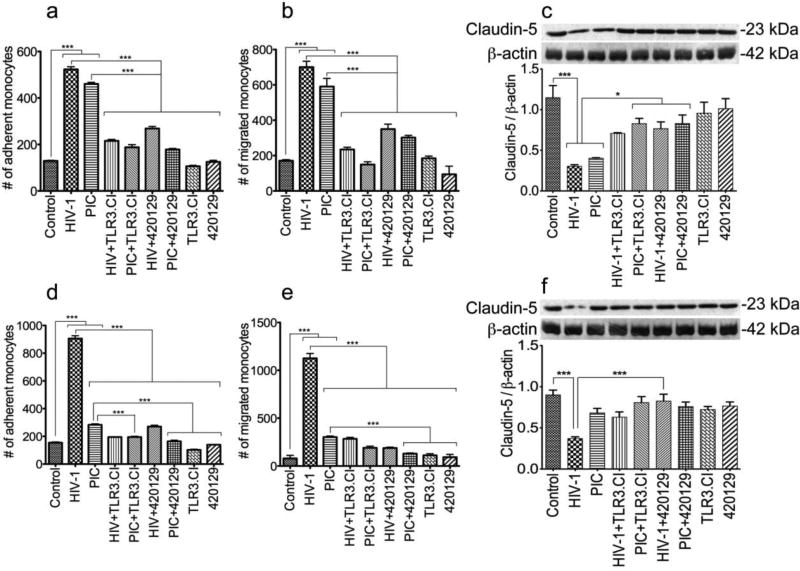Fig. 9. Effects of HIV-1 and TLR3 ligands on the blood-brain barrier properties and function.
Exposure of HBMEC to HIV-1ADA (MOI: 0.001) for 24 hours (a, b, c) or 48 hours (d, e, f) increased monocytes adhesion to HBMEC by 4 to 5.86-fold (a, d), increased monocytes transmigration through the BBB by 4 to 14-fold (b, e), and decreased claudin-5 expression by 2.43 to 3.77-fold (c, f). Exposure of HBMEC to PIC (50 µg/ml) for 24 hours (a, b, c) or 48 hours (d, e, f) increased monocytes adhesion to HBMEC by 1.83 to 3.56-fold (a, d), increased monocytes transmigration through the BBB by 3.45 to 3.78-fold (b, e), and decreased claudin-5 expression by 1.32 to 2.85-fold (c, f). The TLR3/dsRNA complex inhibitor (TLR3.CI) and the ATP-competitive JNK inhibitor (420129) significantly reduced HIV-1- and PIC-induced monocytes adhesion (a, d), transendothelial migration (b, e), and claudin-5 downregulation (c, f). ***P<0.001. Controls consisted of untreated HBMEC, and HBMEC exposed only to TLR3.CI or the JNK inhibitor. These controls showed no alteration in BBB function. These are representative data from two independent experiments using HBMEC from two or three different human donors.

